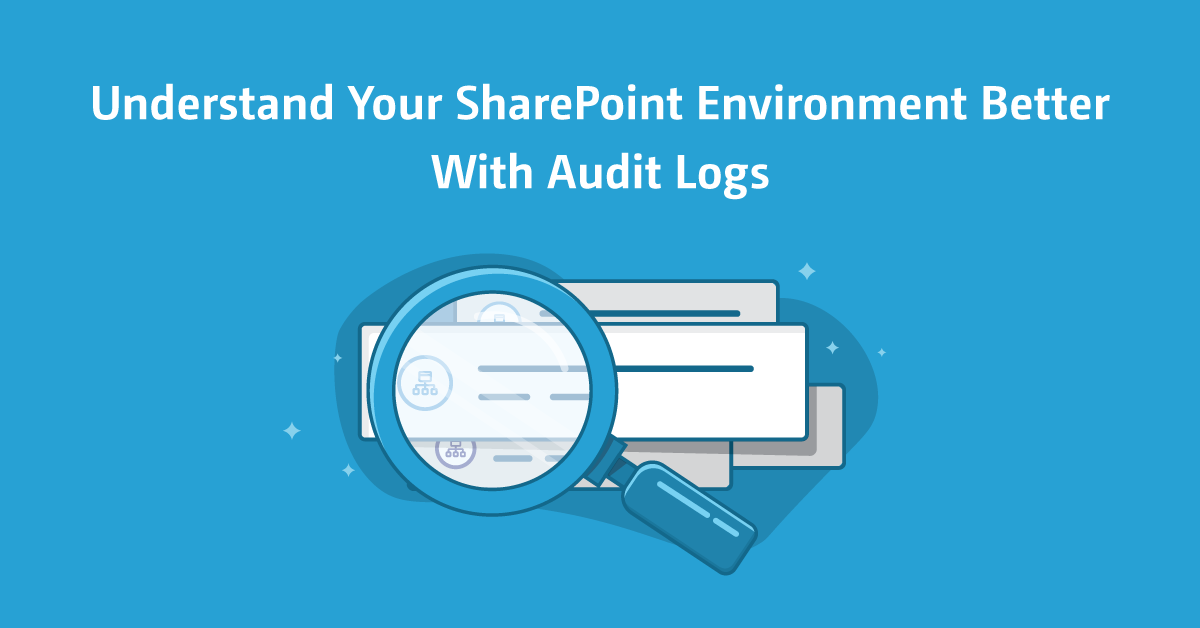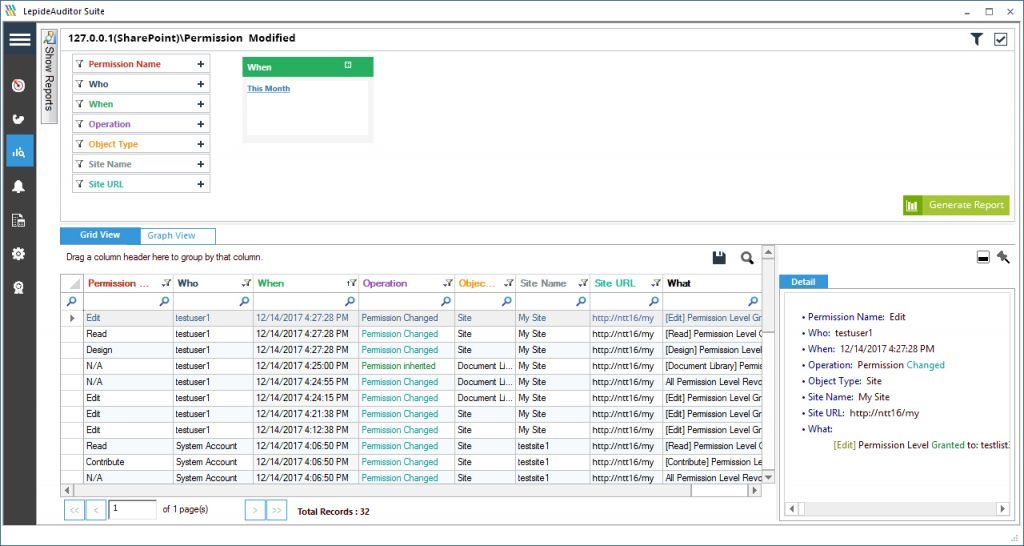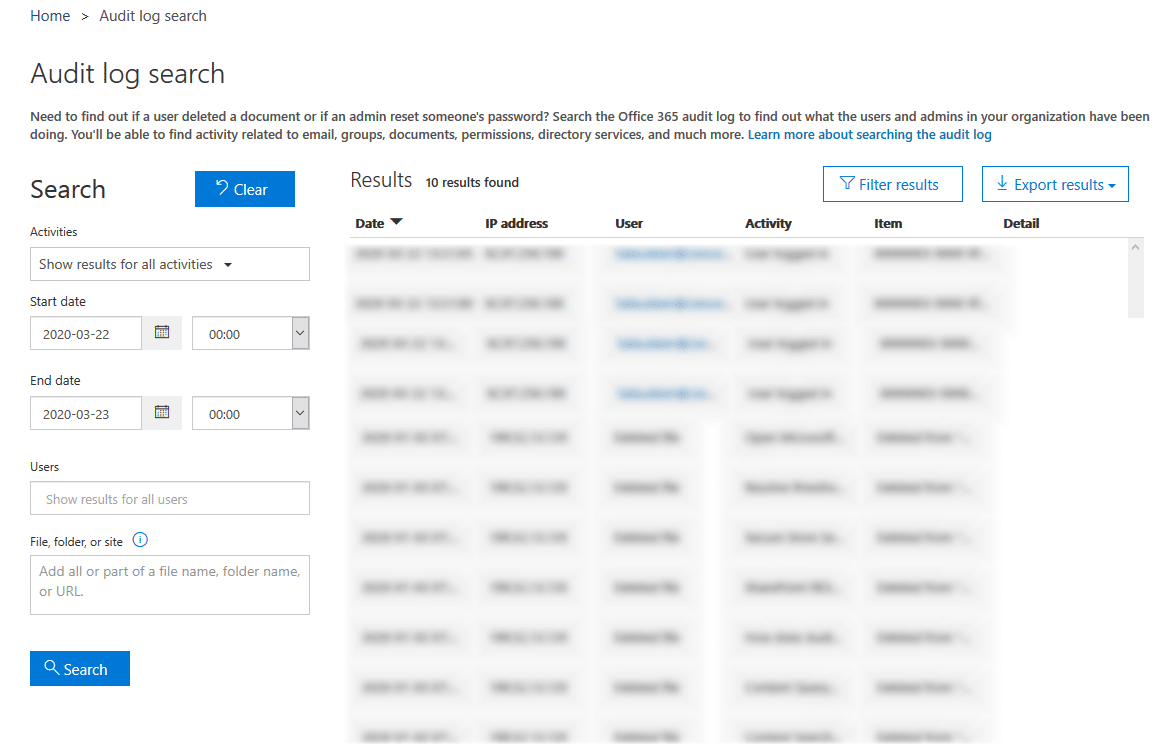

All metadata relating to a record stored in SharePoint is destroyed when the record is destroyed.

TL:DR: Key points that records managers need to know The post underlines the need for records managers to understand what event history is captured (in either SharePoint and/or the unified audit logs) and how that information can be accessed and managed, if required, for the life of the records. It then describes the event history information captured by and recorded in SharePoint Online, and (separately) in the Microsoft 365 unified audit logs.

This post briefly notes, for comparison purposes, how traditional EDRM systems record event histories. Recording the details of any events – the ‘event history’ – relating to the record to show ‘who did what, when and (possibly) why’.Īccording to several publicly accessible records management standards, examples of event history metadata include when records are: created, captured, viewed or accessed, edited/modified, copied, downloaded, transferred or exported, reviewed, sentenced, migrated, converted, and deleted.Securing or locking a record to prevent unauthorised changes (‘declaring a record’).These characteristics may be met by either:
#Sharepoint audit iso#
As evidence of business activities, records should be authoritative.Īccording to ISO 15489:2016, the characteristics that define authoritative records are authenticity, reliability, integrity and usability.


 0 kommentar(er)
0 kommentar(er)
